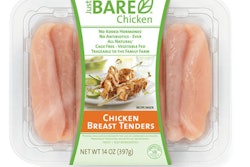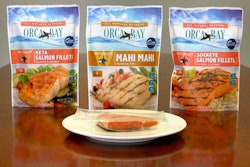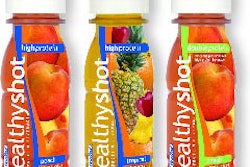Without doubt, we are moving towards some form of smart packaging. At the moment, RFID tags and labels are applied to packaging. In the future, the packaging itself will be the RFID tag. However, progress will be slow in the short term because of three factors: cost, consensus, and capabilities.
Cost issues are fairly straightforward. That brings us to consensus. We lack consensus on which type of RFID to use; high frequency (HF) or ultra-high frequency (UHF). HF is short range and better suited to POS and inventory applications where the ability to read a specific RFID tag among a group of tags is important. UHF is longer range and better suited to the real-time store inventory type of applications.
Additionally, while there is a single, accepted international standard for UHF (ISO/IEC 18000-6 also known as UHF Gen2 and EPCglobal), the international standard for HF includes two incompatible versions (known as “modes”) for HF. A third mode (ISO/IEC 18000-3 Mode 3 or simply 3Mode3) is under development and will likely become the preferred standard for HF.
However, there is still debate over whether HF or UHF should be used for packaging. There are major players on both sides of the debate and it is unlikely that it will be solved quickly or easily—unless dual-frequency tags become available that meet all requirements.
Capability
The final limitation is that of equipment capabilities. RFID readers are not yet small enough or capable enough to fulfill the ultimate vision. To truly implement smart stores that can fully benefit from RFID-tagged items, every shelf, basket, and shopping cart will have to be equipped with an RFID reader to record contents (alternately, there would have to be an RFID reader capable of reading the unique product IDs of every item on every shelf and in every cart in each aisle).
The true future of smart packaging is in printed electronics, because it will enable tagging of many more items since the cost of printing RFID tags will be considerably less than producing and mounting silicon chips.
Currently, RFID antennas can be printed directly on packaging using conductive inks and the RFID chip attached to it. Recently, however, there have been significant advances in both organic (aka plastic) and inorganic (metallic) ink technologies that promise the ability of multi-station offset, litho, and gravure presses to actually print the circuitry necessary for a complete RFID tag. Indeed, as printed electronics becomes more refined, printing the RFID tag directly on the packaging will become a major business opportunity and will even pose a competitive threat to silicon-based RFID and EAS tags.
That’s the future. And that’s exciting.
























